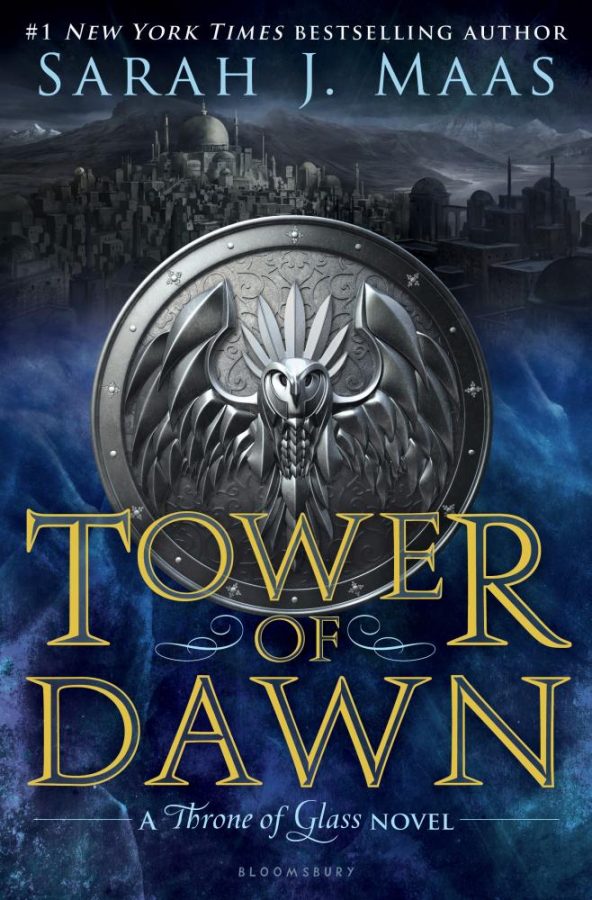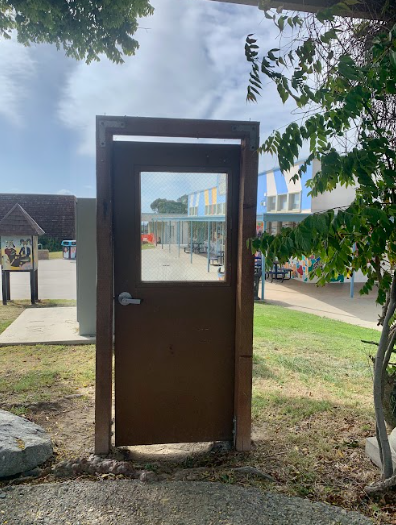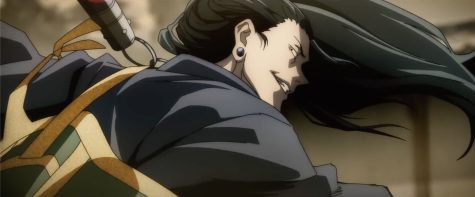“Tower of Darkness” a Stellar Continuation of “Throne of Glass” Series
October 16, 2017
The 6th installment in the fantasy fiction series, “Throne of Glass,” by Sarah J. Maas, is unique in respect to her other books in the series. The 672-page novel, “Tower of Dawn,” is a story of healing and rehabilitation, which provides an example of how there is life after grave mistakes. Chaol Westfall and Nesyrn Faliq were sent on a mission to the Southern continent to enlist the help of the Khagan in an upcoming war and the healers in the Torre to fix Chaol’s spinal injury.
“Tower of Dawn” is written in the usual Maas style with the many descriptors and sassy dialog that all the characters seem to have at one point in time. In comparison to her recent novels, the passion that some of the characters had with each other was not as brazen. It took a while for the relationships to develop into something other than friend-ship, which in itself was hard enough for some of the characters.
The narration, setting and goals of the characters were also very different from that of Maas’s other books. This book was primarily narrated by one of the sub-characters of the series, Choal Westfall. This is the first book in the series where the narration hasn’t mainly been from the point of view of the main character, Aelin Ashryver Galathynius, also know by her other alias Celaena Sardothien. It was interesting to see the entirety of the situation and how it unfolded from Westfall’s point of view as well as the other two main characters in the book.
The book takes place in Antica, the Southern Continent’s stronghold, rather than Erilea, like the majority of the other books. This changed the traditions and culture that surrounded the characters which they had to adapt to throughout the book.
Due to the fact that the main characters of this book were all characters who had been in the series before, however briefly, the reader was already familiar with who the char-acters were in regards to each other and what role they played in the overall plot in the series.
By virtue of Maas’s narration style in the book, we were able to see the story unfold from the eyes of all three main characters in this book. Yrene Towers, who was intro-duced in the prequel “Assassin’s Blade” was interesting to see how she interacted with the other major characters in the book. It was fun to see more of her in this book since we only got a snippet of her in the prequel book leaving us wanting to know more of her story. There was a sense of dramatic irony where she was involved due to her previous relation with Aelin who unfortunately doesn’t make an appearance in this book.
Nesyrn Faliq also one the newer characters in the series, like Yrene, she hasn’t been in the spotlight legitimately before until now and the reader got to learn more about who she was which was harder to do in previous books due to her reserved nature. It was enthralling to see her come out of her stoic shell and see her full personality. It was additionally intriguing to see how her relationship with Chaol played out in this book.
One of the best parts of the book was reading from Choal’s point of view and seeing aspects of the series from his eyes. Since Chaol was one of the major characters in the beginning of the series, the reader was already somewhat familiar with him and his role in the book. But since the reader really only knew him from his relationship with the main character Aelin, it was intriguing to see him on his own and away from his comfort zone.
Overall, Tower of Dawn is worth a read, but only after having already read the rest of the “Throne of Glass” series.











